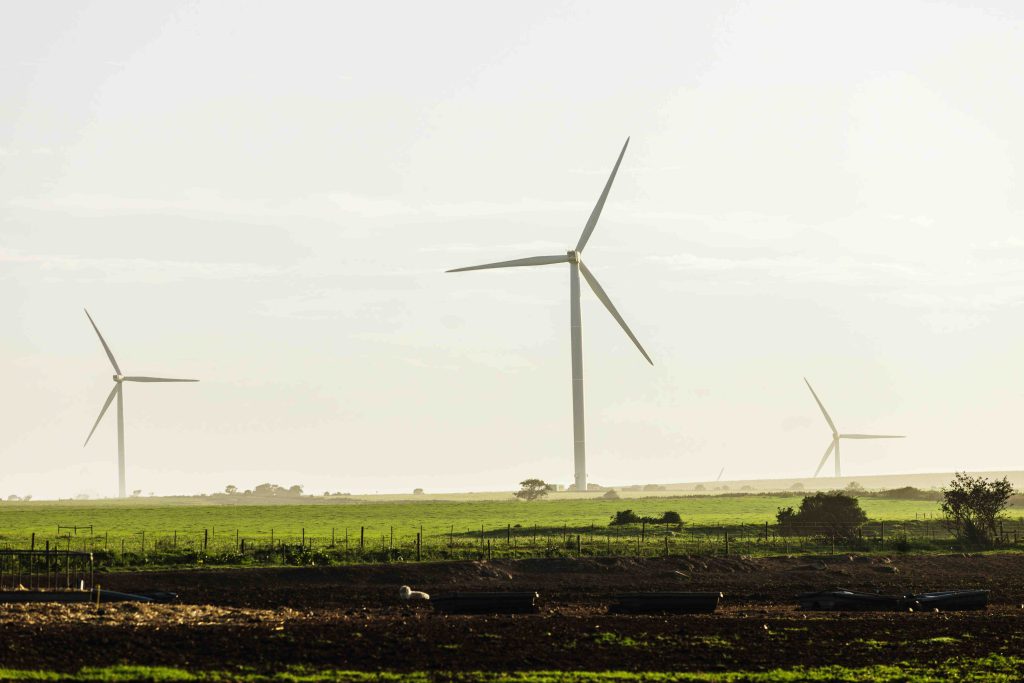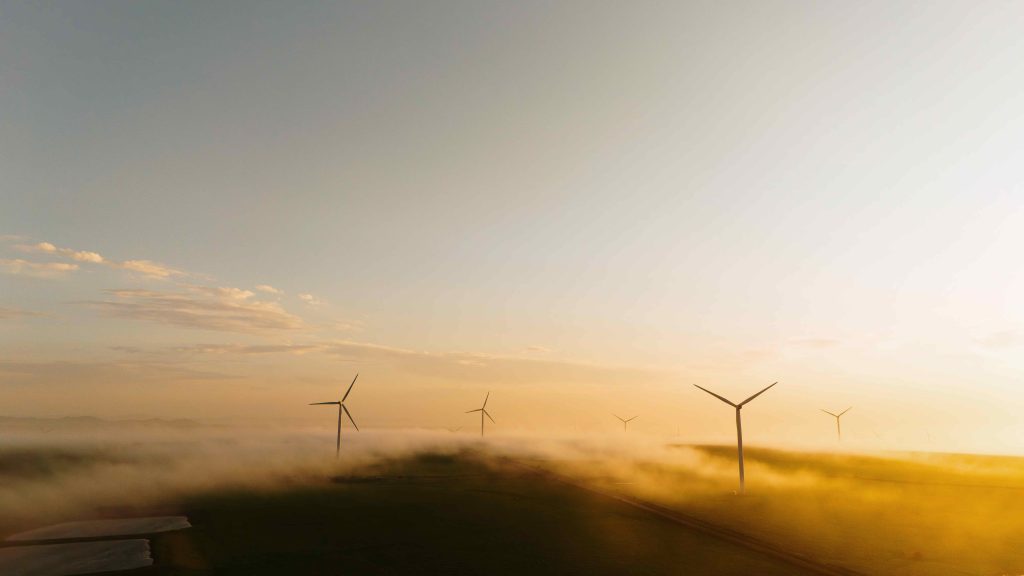South Africa has made inroads in the wind energy sector due to a ruggedly open coastline. Tapping air currents fanning this open landscape through wind farms is economically promoting climate-smart agriculture and earning landowners rental income. To learn more about the blossoming turbine network and its impact on farming, Selina Wamucii contacted renewable energy leader, Red Cap Energy.
The office first shows how corporate wind energy installation on private land generates good rent for land owners.
Rent for the Farmer
“Yes – landowner are paid a rental income for the use of their land. The area required for turbines ranges from 2ha during construction, to less than 1ha during operation.
“Overall, landowners can expect to lease out about one to two percent of their property. The rental income is paid quarterly, for the duration of the lease agreement, which is usually 20 to 25 years. This means that the landowner receives a guaranteed income that can be used for other business ventures, or as financial security for farming operations. There is also zero cost required from the landowner.
Wind Farms Spur Community Development
And has South Africa’s agriculture gained economically from the wind energy turbine grid, so far?
“Wind farm developments generally roll out within the rural landscapes used for agricultural purposes.” Says the Red Cap office. “As a result, these developments provide a substantial income to the local community – as well as job creation and economic growth in the area.

“The income provides the landowner with increased financial security during times of drought or other challenging conditions, while safety in the rural areas also increase due to the windfarm security that is on site 24/7.
“Access roads built and used by the wind farm are also maintained for the duration of the lease agreement, which is a benefit to the landowner since they assist with getting products to market. These roads also improve accessibility and aid in the management of emergency events like veld fires (since the roads act as fire breaks and emergency services can reach the site of the fire much faster).”
Large-scale Benefits
There is also the issue of frequent load-shedding in the electric energy. As such, Red Cap reveals how renewable energy can supplement electricity in intense agricultural activity, principally large-scale.
“Most energy intensive farming operations – especially in the citrus
industry, where large cooling systems are used – make use of solar energy.
“In comparison, electricity from wind powered facilities is still quite
costly if used for smaller scale applications.”

Ends the statement.
About Red Cap Energy
Red Cap Energy is a leading South African developer in renewable energy. Its many projects include the 1,030 GWh-per-year Impofu Wind Farms, energy enough to power 490,000 farms annually, according to its website.
Below are further statistics on South Africa’s wind energy.
South Africa Wind Farms Statistics
According to the Green Economy Journal, South Africa has set its sights on a wind turbine grid capacity of 17.7 gigawatts (GW) by 2030. By October 2019, the total grid was a fifth of this target at 3.35 GW.
Despite this progress, the country still relies somewhat on non-renewable energy sources. As of 2024, coal-fired plants provided 85% of the total energy capacity in South Africa. According to the government’s statistics, this quoted percentage is equal to 42,000 megawatts.
The country therefore intends to reduce this and shift to renewable resources through wind farms and solar photovoltaics (PV) sources. When realized, this will generate an additional 8.7 GW of energy between 2023 and 2032. The government’s figures further show that renewable power sources in 2024 represented just 3% of the total energy consumption in the country.
